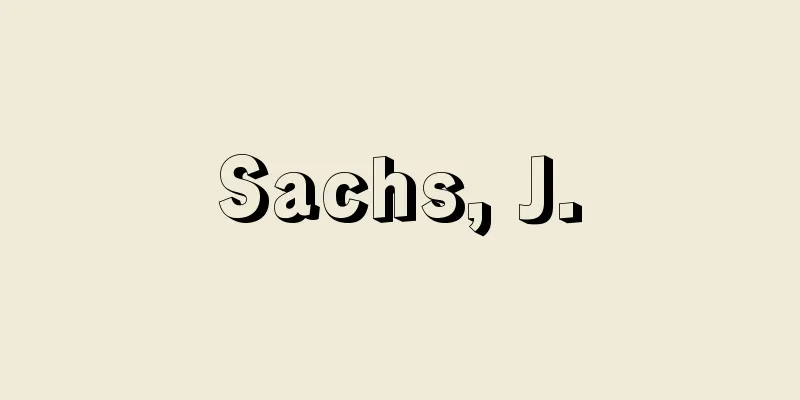Intimidation crime

|
This is a crime of threatening someone by announcing that harm will be inflicted upon the life, body, freedom, reputation, or property of the other person or their relatives (Article 222 of the Penal Code). It is punishable by imprisonment of up to two years or a fine of up to 300,000 yen. It is a type of crime against personal freedom, particularly the freedom of decision-making. When threats are used as a means to other criminal purposes, such as stealing property or sexual intercourse, it constitutes crimes other than this crime, such as robbery (Article 236 of the Penal Code), blackmail (Article 249 of the Penal Code), forced sexual intercourse (Article 177 of the Penal Code), and coercion (Article 223 of the Penal Code). The "threat" in the crime of intimidation is thus specific to the type of harm that is notified, so for example, if a gang member merely threatens the other person, it does not constitute a threat under this crime (unless it constitutes a notice of harm as mentioned above). As a crime of intimidation that harms one's reputation, the so-called "murahachibu," that is, the act of banding together to notify a specific person that they will be excluded from communal living, constitutes this crime. In relation to this case, the harm does not have to be inflicted by the person making the announcement, but it can be a notice that a third party will inflict it, but it must be enough to at least make the other person believe that harm is possible (if it does not reach this level, it is not a threat under this crime, but merely a "warning"). The method of informing the other person of the harm can be oral, written, or by communication, but in order to constitute a threat under this crime, the content, method, and other specific circumstances must be enough to cause fear in the general public. In addition, if a person uses a threat similar to that in the crime of intimidation to make another person do something that they are not obligated to do or to obstruct the exercise of a right, it will be punished as a crime of coercion (Penal Code, Article 223, Paragraphs 1 and 2), which is a heavier punishment than the crime of intimidation, and will be sentenced to imprisonment of up to three years. In addition, if a person uses threats as a means to coerce another person but does not achieve the purpose, it will be punished as an attempted crime of coercion (Penal Code, Article 223, Paragraph 3). [Nawa Tetsuro January 19, 2018] [Reference] | | |Source: Shogakukan Encyclopedia Nipponica About Encyclopedia Nipponica Information | Legend |
|
相手方またはその親族の生命・身体・自由・名誉・財産に対し、害を加える旨を告知して人を脅迫する罪(刑法222条)。2年以下の懲役または30万円以下の罰金が科せられる。個人の自由、とくに意思決定の自由に対する罪の一種。脅迫が財物奪取、性交など他の犯罪目的の手段として用いられる場合には、強盗罪(刑法236条)、恐喝罪(同法249条)、強制性交等罪(同法177条)、強要罪(同法223条)など本罪以外の罪が成立する。 脅迫罪における「脅迫」は、このように告知される害悪の種類が特定されているから、たとえば、暴力団が相手にすごんでみせるだけでは、本罪の脅迫にはあたらない(前述の加害の告知にあたれば別)。名誉を害する脅迫罪として、いわゆる村八分(むらはちぶ)、すなわち結束して特定人を共同生活から排除する旨を通告する行為は本罪にあたる。この事例とも関連して、害悪は告知者自らが加えるのではなく、第三者に加えさせる旨の告知でもよいが、少なくとも相手方に加害の可能性を信じさせるに足る場合でなければならない(これに至らない場合は、本罪の脅迫ではなく、単なる「警告」にすぎない)。害悪を告知する方法は、口頭・文書・通信のいずれでもよいが、本罪の脅迫にあたるためには、その内容・方法その他具体的事情のもとで、一般人に恐怖心を生じさせるに足る程度のものでなければならない。 なお、脅迫罪におけると同様の脅迫を手段として、他人に義務のないことを行わせたり、権利の行使を妨害した場合には、強要罪(刑法223条1項、2項)として、脅迫罪より重い3年以下の懲役に処せられる。また、強要罪の手段として脅迫を行ったが、その目的を遂げなかった場合には、強要未遂罪として処罰される(同条3項)。 [名和鐵郎 2018年1月19日] [参照項目] | | |出典 小学館 日本大百科全書(ニッポニカ)日本大百科全書(ニッポニカ)について 情報 | 凡例 |
<<: Obsessive-compulsive disorder (OCD)
Recommend
Turtle Divination - Kiboku
It is a method of divining fortune by burning a t...
Giant gecko - Ooyamori (English spelling) tokay
A lizard of the order Squamata, family Gekkonidae...
Christian Heinrich Hohmann
1811‐61 German composer and music educator. He tau...
Liu Yan
A Chinese politician in the mid-Tang Dynasty. His...
Asuwayama Kofun Group
A group of ancient tombs located on Mt. Asuwaya in...
Kagyu school - Kagyu is
...Later, from the lineage of disciples close to ...
Type specimen - Type specimen
A type specimen is a specimen that is chosen as th...
'Abd al-Qādir al-Jīlānī
1077‐1166 Founder of the Qadiriyya, the first myst...
Machu Picchu (English spelling)
These are the ruins of a representative Inca city ...
My Homeland - My Country (English)
This is a cycle of symphonic poems composed by Sm...
Mulatto (English spelling) mulat(t)o
This refers to the mixed race of white Europeans ...
Ottotsu - Ottotsu
...Their predators are killer whales and sharks, ...
Ikuno Mine
This mine was located in Asago City, central Hyog...
Otani Sobyo Shrine
The ancestral temple of the Otani sect of Shinshu ...
Gamelan Gambang - Gamelan Gambang
…There is another type of gamelan that consists o...









